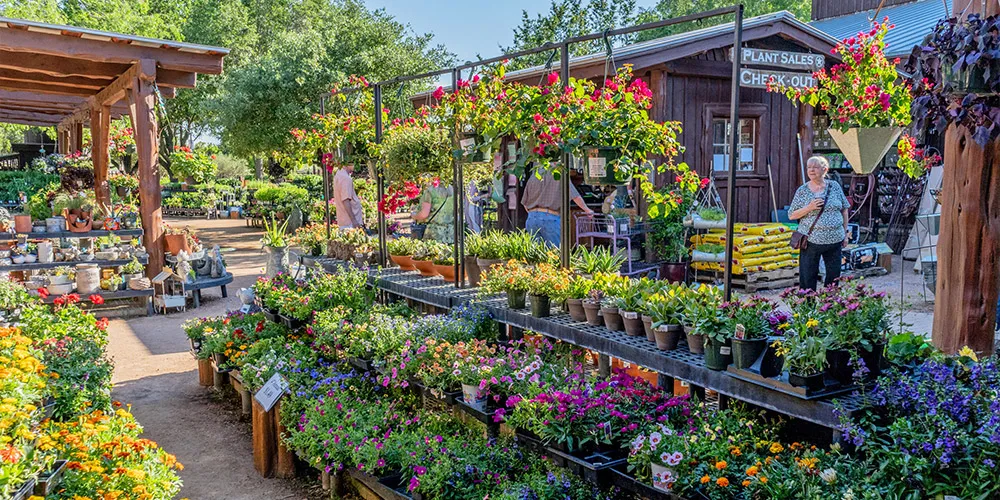Wildflower Program

These guidelines are very general and broad in scope. Some species of wildflowers may require additional research prior to planting. You may find this interactive regional seed list helpful.
Seeds
Some wildflower seed suppliers can provide seed mixtures consisting of a number of different species. You have the option of such a mixture or obtaining the species of your choice and making a mixture or planting your selections individually.
Planting
Proper wildflower planting dates vary by region. For most of Texas, planting between September 1st and November 31st will have the best effect. Seeds can be broadcasted over the desired area and lightly tamped or rolled to get good seed to soil contact. When broadcasting seed, some seed may take years to germinate and grow.
Planting rate
After your selection is determined, a planting rate based on pure live seed and the number of seeds per square foot can be calculated. PLS is simply the percent of purity multiplied by the percent of germination which should be available from the supplier and as required by the Texas Department of Agriculture under the seed law.
These rates should be more accurately determined by the mature size of the plants and the effect you desire. The Soil Conservation Service recommends planting twenty seeds per square foot. For highway plantings, seeding is recommended in pounds per acre with the rate dependent on the type of seed used.
Sowing seeds
Soil preparation is not necessary since most wildflower seeds can be broadcast over undisturbed soil, although some delay in germination may result. However, seed to soil contact is essential. When sowing wildflower seed in turf areas make sure to scalp the grass as low as possible with a mower. Next, sow the seed.
After sowing, drag the sowed area with a weighted section of chain link fence or other rough flat object to better obtain soil-seed contact. Water the area thoroughly but gently. Follow the first watering with additional short waterings every three days for about three weeks. Some seeds will germinate 10 to 20 days after planting, others will germinate in early spring.
A method of application should be determined by the size of the area. Small areas can be sown by hand or a mechanical hand device. Large areas require a seed drill or other mechanical means that can be calibrated for the seeding rate.
Understanding plant characteristics
Another key factor to successful planting is to understand the characteristics under which each species thrives. By and large, most Texas wildflowers should be planted in late summer or early fall, especially Bluebonnets.
Location
Location is also important. Plant sun-loving plants in areas that receive adequate sun. Shade-loving plants, which will survive in full sunlight under special conditions, will thrive best in shady areas.
Soil types
Most wildflowers have a wide tolerance of soil and pH conditions. Bluebonnets prefer a well drained, calcareous, alkaline soil such as that of Central Texas and the Hill Country.
Drainage
All wildflower seeds need moisture for germination and growth, but it is important to provide proper drainage, which will vary with the species.
Fertilizer
A low nitrogen fertilizer can be used at the time of planting if the soil lacks nutrients. However, fertilizing after plants are established will result in larger amounts of foliage at the expense of blooms.